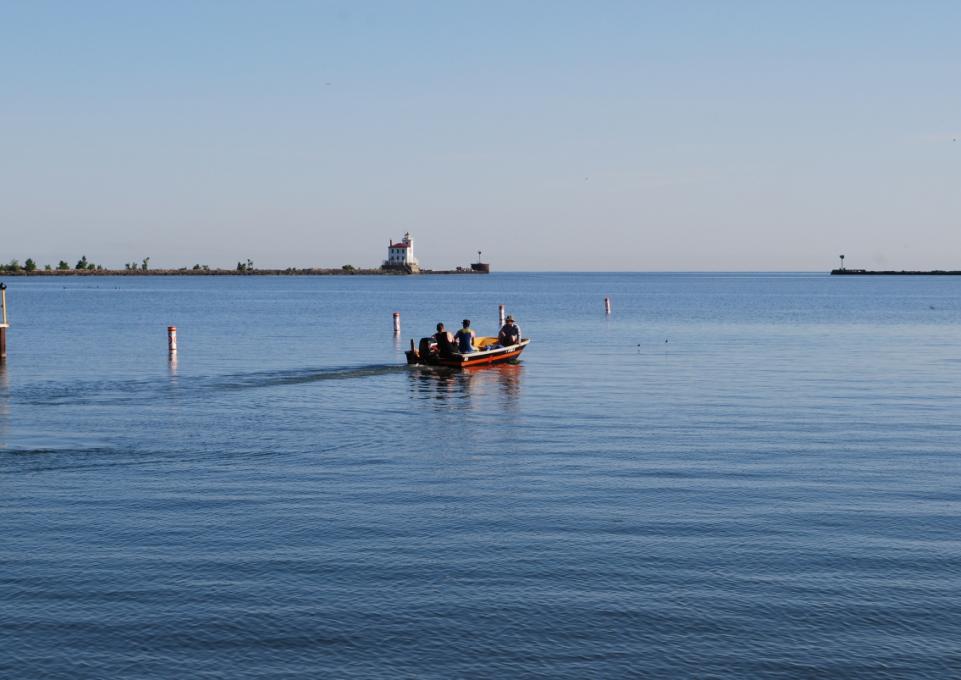
The Great Lakes Center at Buffalo State received $4.5 million in funding for 17 projects—up substantially from $2.4 million for 10 projects the previous year. Alexander Karatayev, the center’s director, said, “We are becoming better known among scientists who share our research interests in Great Lakes ecology.”
One of the major projects, funded for $615,813, is “The nearshore and offshore Lake Erie nutrient study (LENONS).” Christopher Pennuto, professor of biology and research scientist with the center, is the principal investigator. Several environmental benchmarks that were expected to relieve problems plaguing Lake Erie have been achieved, but the problems have not diminished as expected. This study seeks to quantify “all the major biotic and abiotic nutrient pools, flux rates, and trophic pathways in the nearshore and offshore regions of Lake Erie.” Pennuto said. This study builds on findings from an earlier study.
LENONS also will take a careful look at the family of dreissenid mussels, which includes the zebra and quagga mussels. Karatayev and Lyubov Burlakova, research scientist at the center, have international reputations as experts in invasive species, so they will provide critical support. “The invasive bivalves Dreissena polymorpha andLimnoperna fortune: parallels, contrasts, potential spread and invasion impacts,” which they authored with two other researchers, was published in the peer-reviewed Journal of Shellfish Research in 2007. It was recognized as the third most cited article in the journal over the last three years.
Other Great Lakes-related research includes investigation of the interaction between invasive round gobies and stream-form steelhead trout; parasites—including pathogenic parasites—that may be spread by non-native species; and sampling to determine the level of PBDE (toxic chemicals) found in sport fish and their prey.
The Great Lakes Observation System (GLOS) invited the Great Lakes Center to deploy a buoy as part of a network of 19 monitoring buoys located throughout the Great Lakes. The new buoy is the only GLOS buoy located in the eastern basin of Lake Erie.
These and other research projects have placed a tremendous demand on the Great Lakes Field Station and the research fleet housed there over the summer. Mark Clapsadl, fisheries biologist and manager of the Field Station, made 40 trips, spending more than 185 hours on the water in summer 2011. Clapsadl also upgraded the tanks in the fish lab so that all 16 tanks are uniform.
As part of Buffalo State’s Facilities Master Plan, Flynn Battaglia Architects completed a program study of the Field Station. This preliminary effort recommended a construction of a new 37,273-square-foot research facility, which would allow for on-site boat repair and storage.
It would also add labs, classrooms, and graduate student space.
